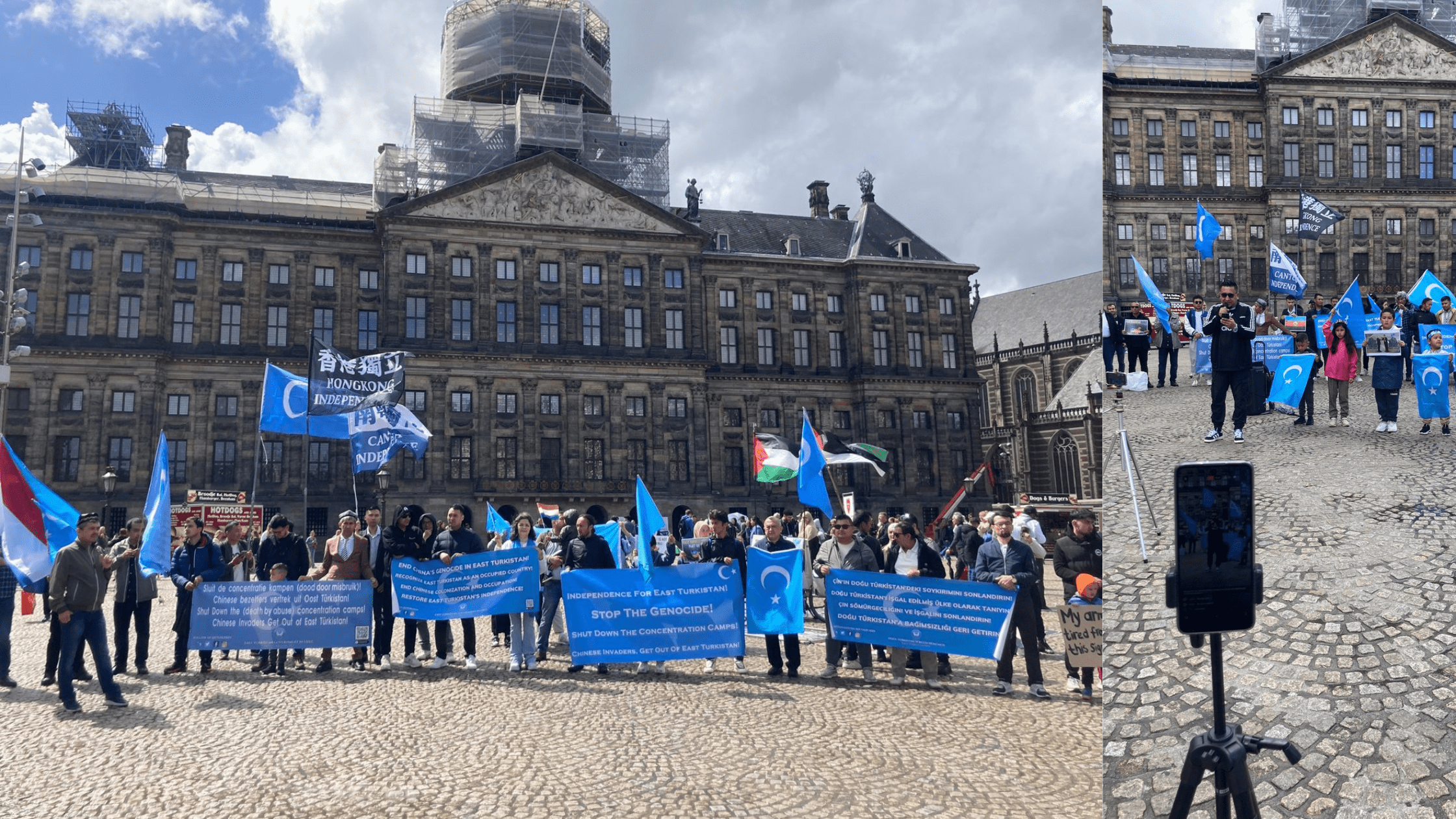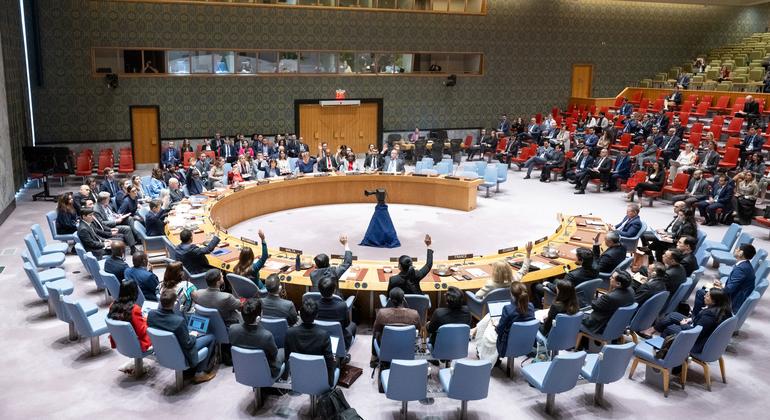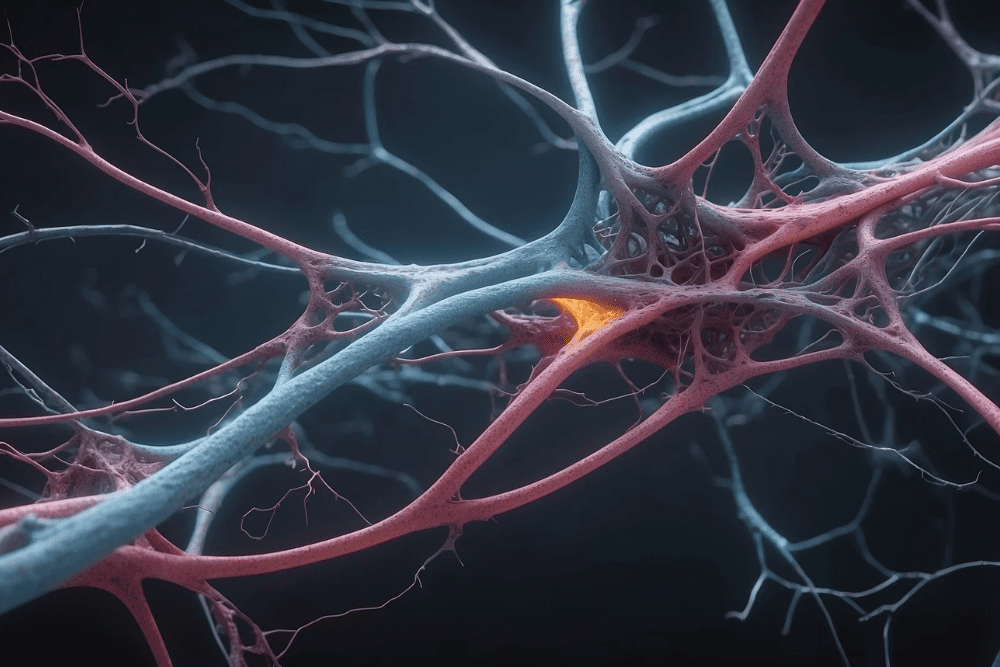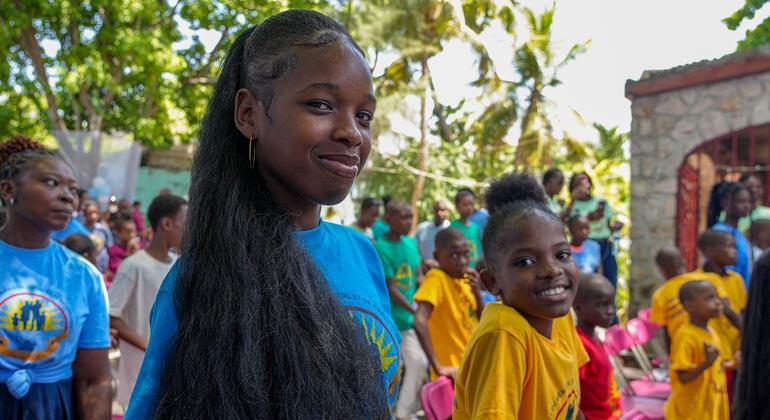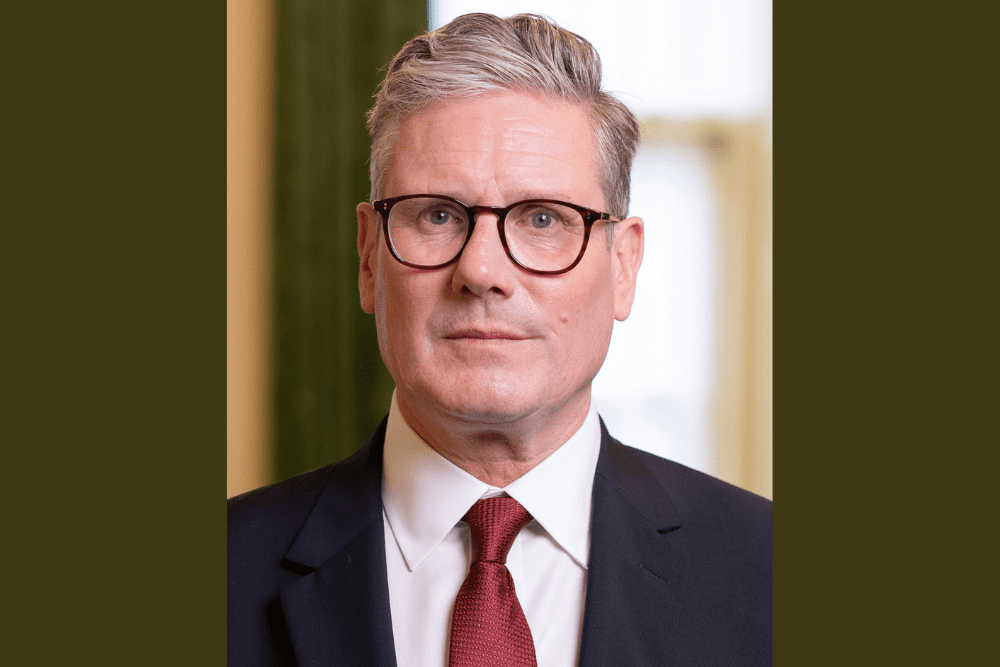As technological advancement is on the rise, wide-ranging strategies can contribute to enhanced operational efficiency and customer satisfaction to the maximum extent.
If you own a retail store and want to make the most out of your efforts, look nowhere else. Below in this informative blog post, you can check out some of the best ways that will help you stand out as a successful retail store owner.
1. Improve Your In-Store & Online Customer Experiences
Providing an excellent shopping experience across all channels is highly significant in the present omni-channel retail setting. You need to improve your store’s physical layout and environment to make it more inviting and conducive to browsing.
Different latest technologies, such as interactive displays or digital signage, provide product details and promotions more effectively.
When we talk about running a retail business online, make sure your website is user-friendly, mobile-responsive, and supports several features such as live chat or AI-powered customer service bots.
So, you can accommodate your customers (both existing and new) instantly, resulting in strengthened brand loyalty and encouraging repeat business.
2. Leverage the Power of AI Technology
Taking advantage of AI solutions can transform the way how you manage inventory, analyze customer behavior, and optimize business processes and other retail operations more efficiently.
Suppose you are using retail ai solutions for demand forecasting purposes. In that case, they can assist in preventing stock-outs and overstocking so that your retail store’s shelves will remain stocked with the right products and goods.
It not only streamlines business operations but also skyrockets sales and customer loyalty, ensuring promising future success for your retail store.
3. Invest Your Time and Efforts in Personalized Marketing
Personalization not only improves conversion rates but also enhances customer satisfaction by showing that you understand and value their needs.
Want to deliver targeted promotions and recommendations through email marketing, personalized ads, or loyalty programs? You need to leverage AI-driven analytics that can segment your customer base more effectively.
Customer data contributes to creating and executing personalized marketing campaigns, resulting in more brand exposure and boosted sales and revenue.
4. Optimize Inventory Management with Automation
Another significant aspect of retail business is optimized inventory management, which can help reduce costs and improve cash flow. Different inventory management tools can analyze historical sales, seasonal trends, and external factors to predict demand accurately.
If you maintain the correct stock levels, you can reduce stock-outs, minimize excessive inventory, and enhance turnover rates. Numerous automated inventory replenishment processes can help ensure your retail store always has the right products on its shelves. Hence, your customer satisfaction and sales opportunities will be enhanced and skyrocket.
5. Prioritize Data-Driven Decision Making
Data-driven analytics are subject to offer significant information about customer preferences, market trends, and operational efficiencies of your retail business. Once you gather and analyze data from different valuable sources, which involves sales records, social media interactions, and website traffic, you can discover actionable insights.
What’s more, AI and machine learning algorithms have the potential to identify patterns and predict upcoming trends. Therefore, you can make well-informed, strategic decisions in terms of inventory management, pricing strategies, and marketing campaigns.
Be sure that this data-driven approach can minimize the chances of risks and elevate new opportunities, resulting in your retail store’s continuous growth.





